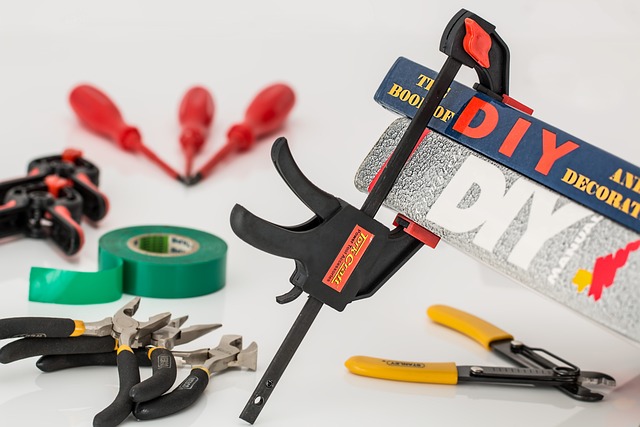Owning a home is a dream for many, but with it comes the responsibility of home improvement. Whether you’ve recently purchased your first house or have been in your home for a while, there’s always room for improvement. For novice homeowners, the world of DIY home improvement might seem daunting, but fear not – we’re here to guide you through it! In this article, we’ll provide valuable tips and advice to help you embark on your DIY journey with confidence.
1. Assessing Your Home Improvement Needs
Before diving into any DIY project, it’s crucial to assess your home improvement needs. Walk through your home and make a list of areas that require attention. Prioritize these projects based on urgency and budget. Is your roof leaking? Does your bathroom need a facelift? Start with the most critical tasks and work your way down the list.
2. Setting a Realistic Budget
Home improvement projects can quickly eat into your savings, so it’s essential to establish a budget. Estimate the costs for each project, factoring in materials, tools, and any hired help you might need. Allocate funds accordingly and stick to your budget to avoid financial stress.
3. Gathering the Right Tools and Materials
Every DIY project requires the right tools and materials. Common tools like hammers, screwdrivers, and measuring tapes are essential for most jobs. When selecting tools, prioritize quality and safety over price. You can often find affordable tools at local hardware stores or online retailers.
4. Research and Planning
Knowledge is power in the world of DIY. Research your chosen project thoroughly, seeking out reliable sources of information. Online tutorials, books, and DIY forums are excellent resources. Create a detailed project plan that includes a timeline and milestones to keep you on track.
5. Safety First
Safety should be your top priority when tackling home improvement projects. Always use personal protective equipment (PPE), such as goggles and gloves, when working with tools and chemicals. Be aware of common safety hazards, such as electrical issues and structural weaknesses, and take appropriate precautions.
6. Start with Small Projects
If you’re new to DIY, it’s best to begin with small, manageable projects. Painting a room, installing shelves, or fixing a leaky faucet are excellent starting points. These projects provide a chance to gain confidence and hone your skills before taking on more significant challenges.
7. Learning and Skill Development
Don’t be afraid to learn new skills along the way. There are numerous resources available, from online tutorials to local workshops, where you can acquire new knowledge and techniques. Remember that making mistakes is part of the learning process, so don’t be discouraged by setbacks.
8. Seeking Help When Needed
Recognize your limits and be willing to seek professional help when a project exceeds your skill level. Complex electrical, plumbing, or structural work should be left to experts. When hiring contractors or tradespeople, research thoroughly to find reliable professionals with a good reputation.
9. Maintaining Your Home
Home improvement isn’t just about making your home look better; it’s also about maintaining its functionality and value. Regular maintenance tasks, such as cleaning gutters, servicing HVAC systems, and inspecting your roof, can prevent larger and more expensive issues down the road.
10. Conclusion
Embarking on the DIY home improvement journey as a novice homeowner can be both rewarding and challenging. By following these tips, you can tackle projects with confidence, save money, and add value to your home. Remember that learning and improvement go hand in hand, so don’t be discouraged by initial setbacks. Your home is your canvas, and with the right tools and knowledge, you can transform it into a space that truly reflects your style and personality.

